Like many museums in Vietnam, one of the best things about the Fine Arts Museum of Ho Chi Minh City is its setting, across three spectacular colonial era mansions. The three buildings were built in the late twenties and early thirties by the Hui Bon Hoa family, one of the city’s wealthiest Chinese families. There’s an appealing mix of French and Chinese styles in the design and some nice original features.
In addition to a fine collection of buildings, the museum has been steadily improving its collection and curation of art in recent years. Even previously forbidden pre-1975 Saigon art work, long thought to be ideologically unacceptable, is making its way into the galleries. There’s a way to go though.
The collection in the main building, is focused on contemporary lacquerware, sculpture and painting. There’s quite a strong propagandist theme running through much of the art. There are also powerful pieces from the frontline of war.
Unfortunately there is virtually no information provided about the artists or their work.
The sculptures and glass cases in this building could do with a good clean. The museum is open to the elements. There’s no air-conditioning and Saigon’s a dusty, construction site riddled, city.
Two additional colonial era buildings have opened up in recent years providing space for temporary exhibitions and for a more comprehensive display of ancient works from southern Vietnam - including pieces from the Mekong Delta’s ancient Oc Eo civilisation. The building housing ancient works may be the highlight - but all three buildings deserve a look.
At just 10,000VND (less than 50c), ticket prices are embarrassingly low. If they charged more - perhaps 100,000K VND, they might be able to improve the quality of the information, fix the broken stained glass, dust the sculptures and landscape the grounds.
All up though, well worth a visit - bring your camera.
The buildings of the Fine Arts Museum
Built in the late 1920s and early 30s, the Fine Arts Museum buildings were used both as offices and residences by the Chinese Hui Bon Hoa family.
The back of the last building to be built (now the first building of the complex) still has a plaque marking the apartments occupied by members of the Hui Bon Hoa family.
The family presumably saw the writing on the wall and left Vietnam in the early 70s. Like many landholdings of the wealthy in Saigon before 1975, these buildings found their way into the new communist government’s hands after the Vietnam War ended, and were declared the Fine Arts Museum in 1987.
Longstanding legend has it that the building is haunted by the ghost of the daughter of the family patriarch.
You can read more about the Hui Bon Hoa family here.
Other quirks
Two interesting statues sit unmarked in the courtyard of the main building. One is of Petrus Ky, the other of Quach Dam.
Both were mighty figures in Vietnam’s nineteenth and twentieth century history. I assume from their current anonymity and low standing in the museum hierarchy, that they are viewed less favourably by the country’s contemporary rulers.
Petrus Ky (1837 - 1898) was a scholar and gifted linguist who acted as a bridge between colonial French and Vietnamese cultures. Before 1975, the museum’s statue of Ky was located at Saigon’s most prestigious high school - Petrus Ky High School. After 1975, Petrus Ky was deemed a less suitable namesake for what would continue to be among the city’s most prestigious schools. The school became Le Hong Phong High School, named after an early Communist Party leader who died in the brutal French prison on Con Dao Island in 1940.
Petrous Ky looks like the kind of guy most countries would be proud of. Ky’s collaboration with the French may have condemned him.
You can read more about Petrus Ky here
Chinese born Quach Dam meanwhile, was the biggest rice merchant in Saigon during the 1920s. Among other accomplishments, he was responsible for the creation of Cho Lon’s Binh Tay Market. The statue in the museum courtyard once had pride of place at the front of the market. It was removed from the market after 1975.
You can read more about Quach Dam here.

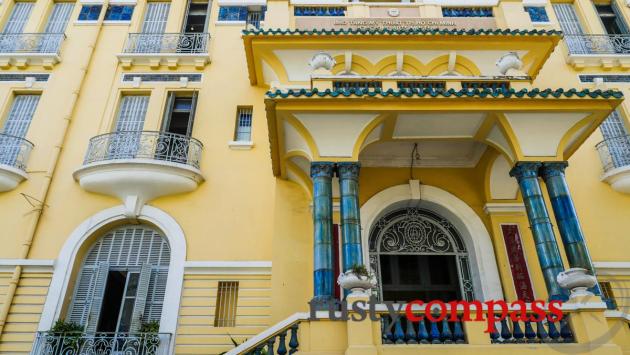
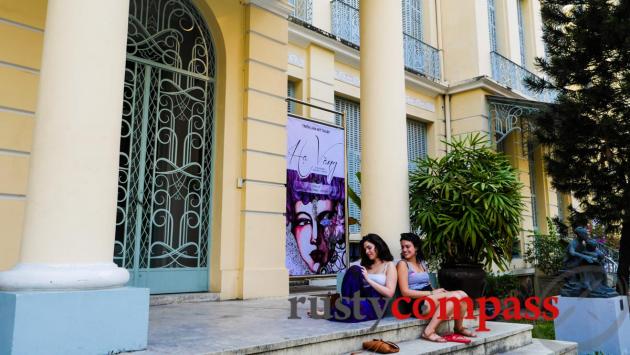
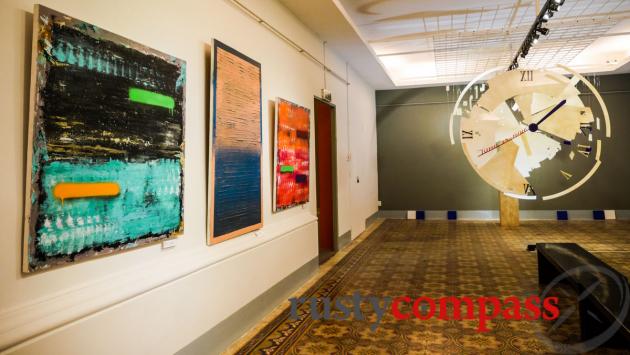
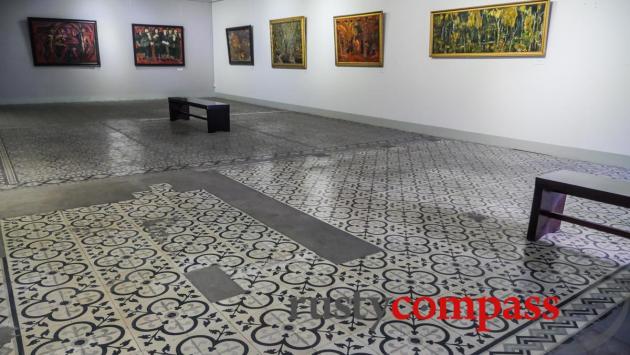
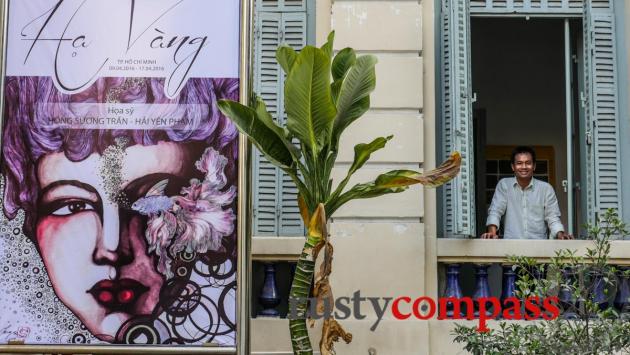
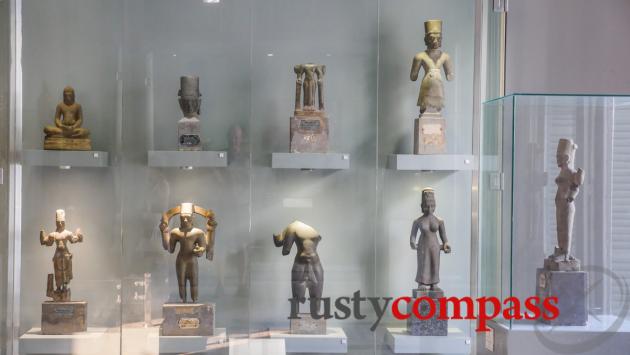
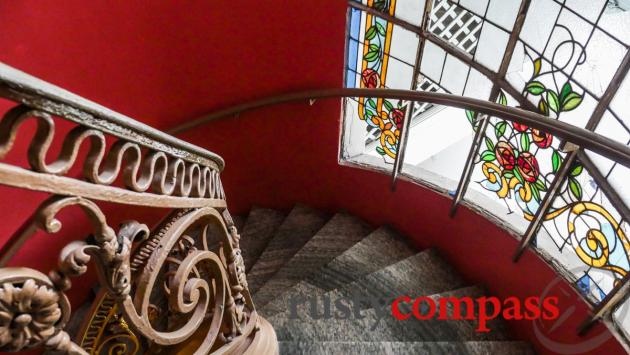
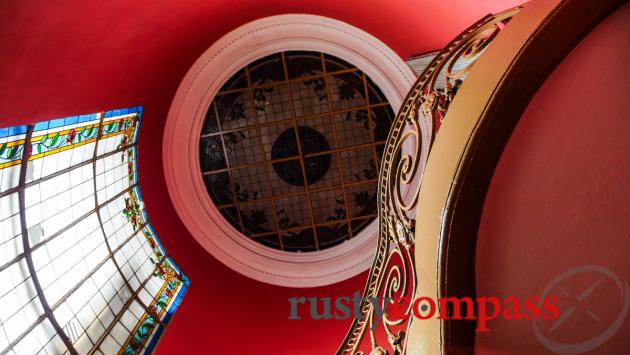
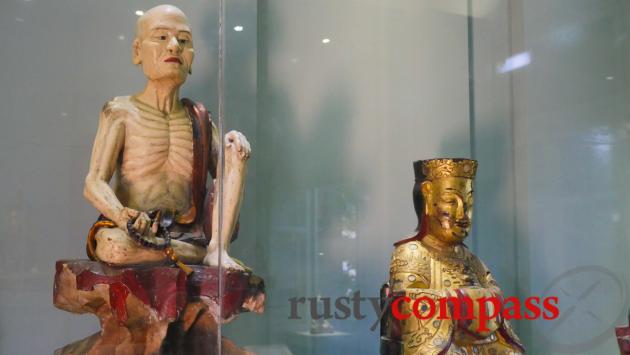
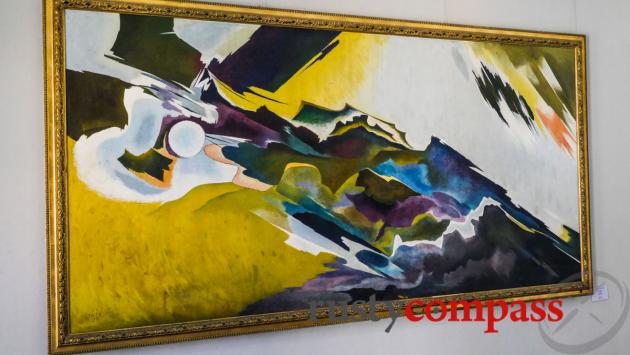
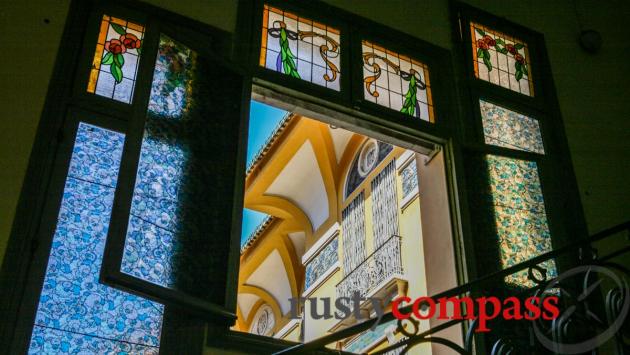

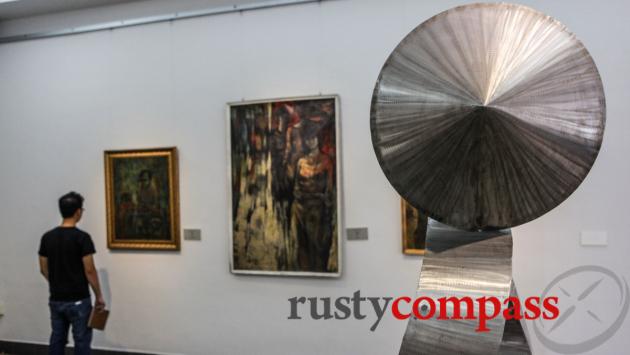
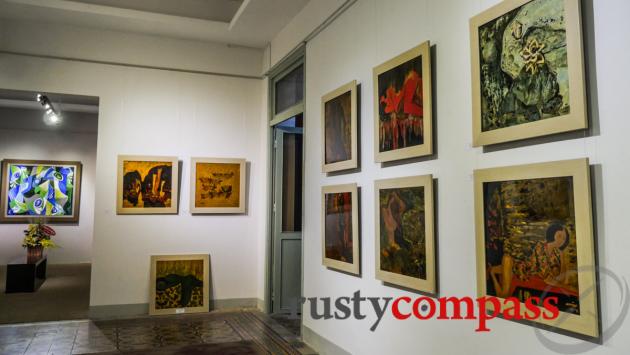
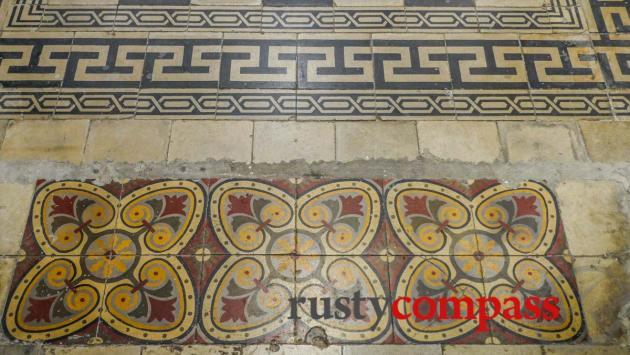
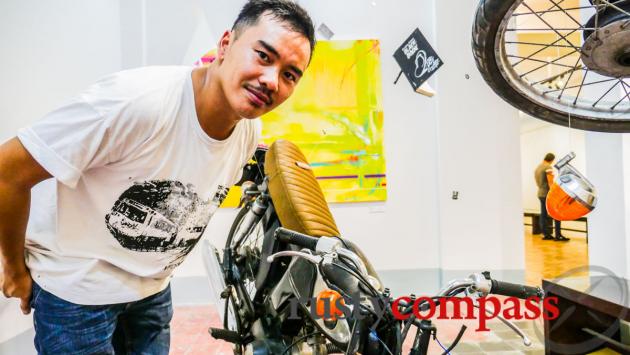
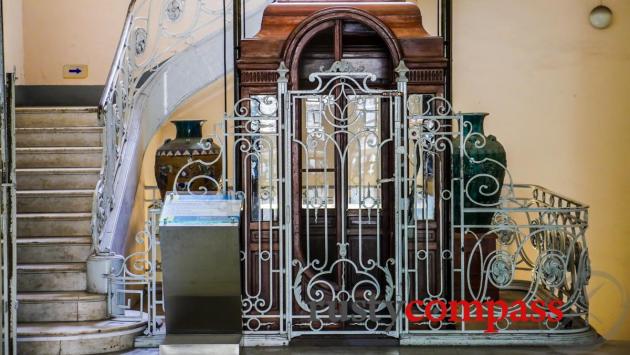
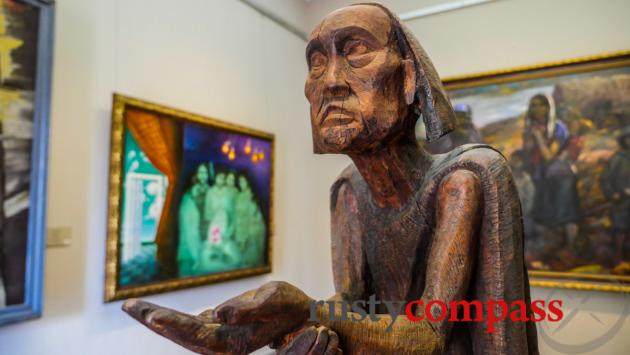
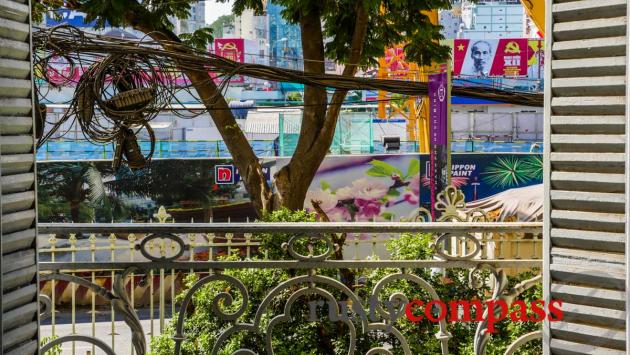
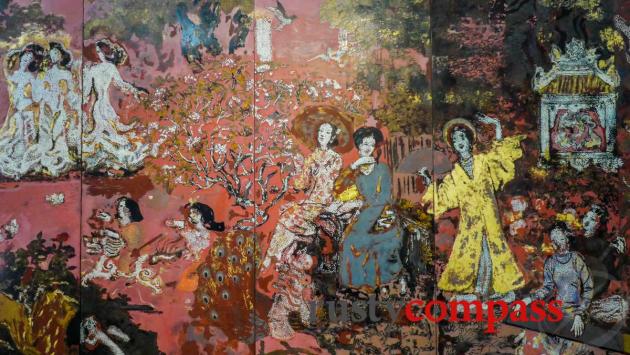
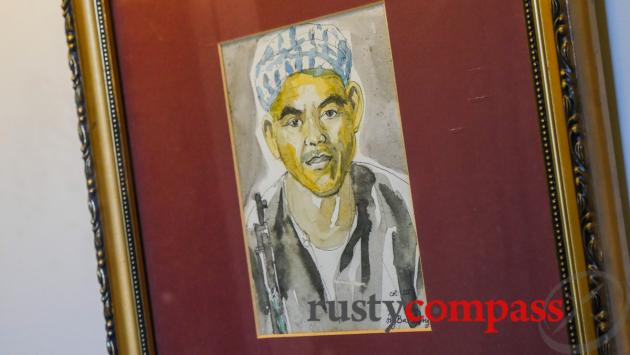
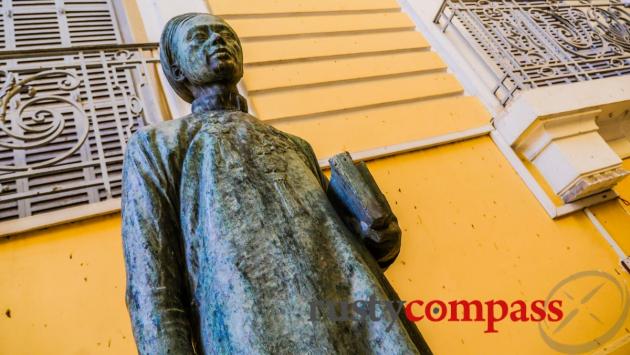
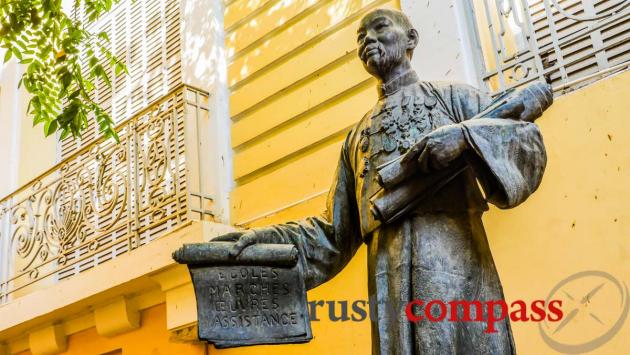
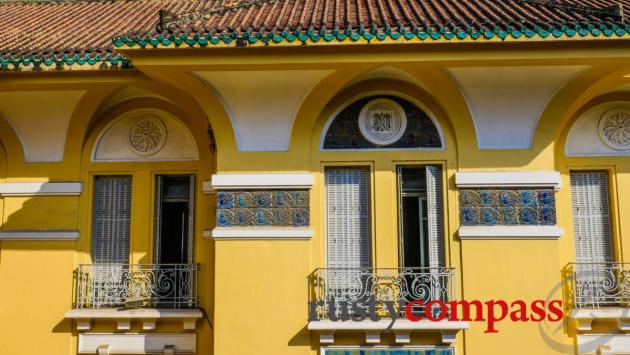
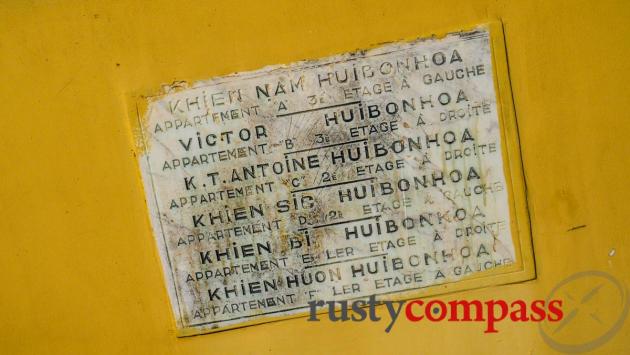
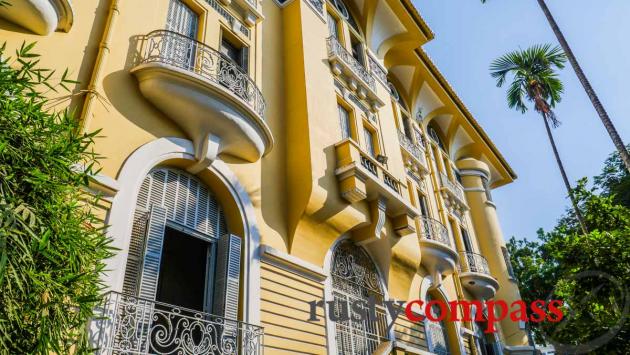







There are no comments yet.